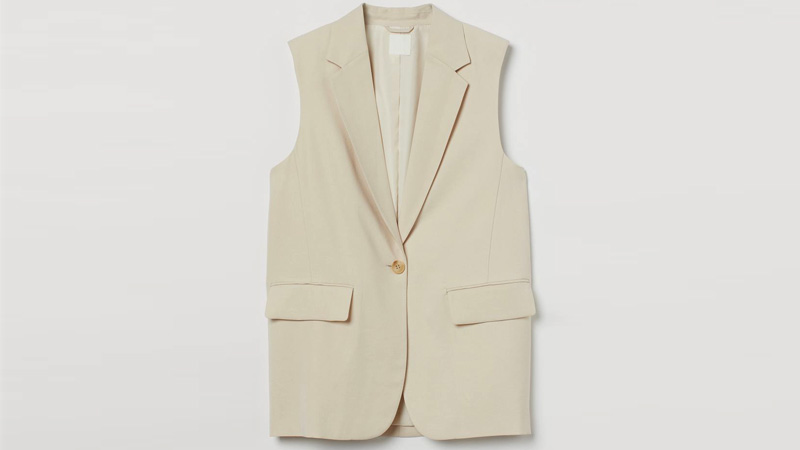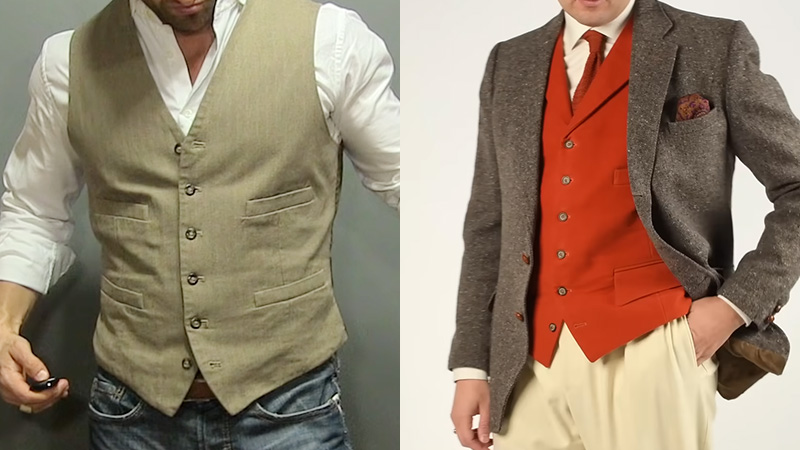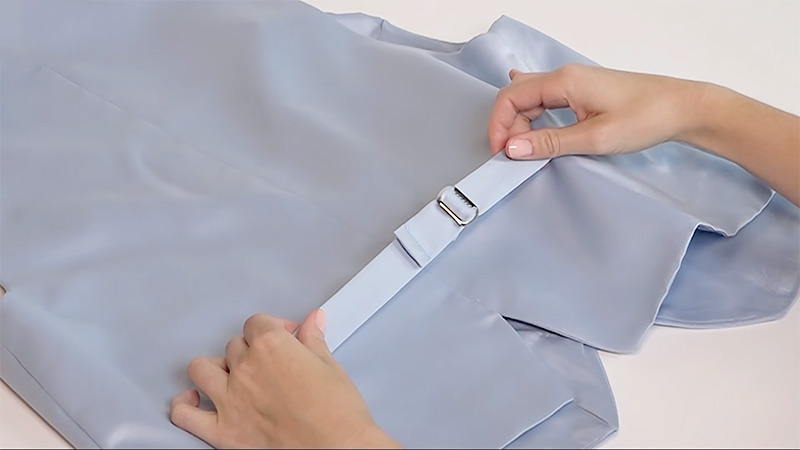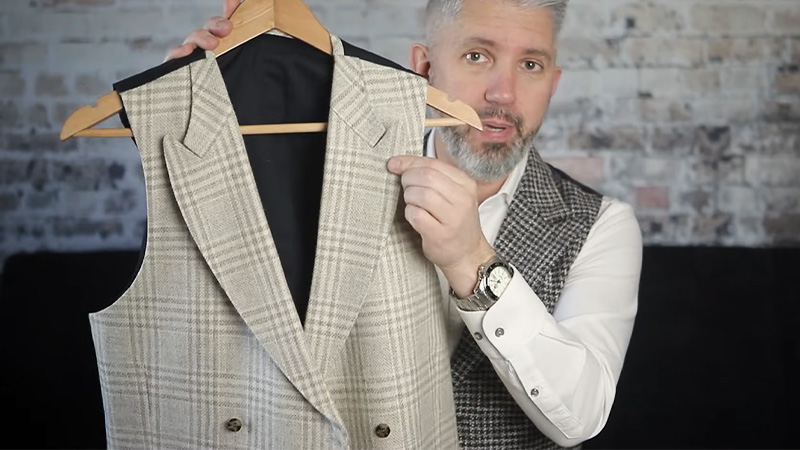The art of wearing a vest goes far beyond merely donning an extra layer of clothing; it embodies the essence of style and refinement. Yet, the perfect ensemble is incomplete without the perfect fit.
Understanding how vests are supposed to fit is crucial to mastering this fashion statement. The ideal vest fit combines comfort with sophistication, embracing your body’s contours without constraint.
This guide delves into the nuances of achieving a precise fit, from chest and waist proportions to button stance and armhole comfort.
Discover how the right fit can elevate your appearance, providing freedom of movement and a polished, well-put-together look.
Whether for formal occasions or casual gatherings, unlocking the secrets of vest fit will empower you to make a powerful fashion statement.

How Are Vests Supposed to Fit? Waist Coat
The proper fit of a vest is essential for achieving a polished and stylish look. Whether dressing up for a formal occasion or adding a touch of sophistication to your everyday outfit, understanding how vests are supposed to fit can make a significant difference.
Here’s a comprehensive guide on how vests are supposed to fit:
Chest and Waist Fit
A vest’s chest and waist fit should strike a balance between snugness and comfort. It should gently follow the natural contours of your upper body without feeling overly tight.
When you button up the vest, it should create a sleek silhouette without causing any strain on the fabric or restricting your movements. The goal is to achieve a fit that accentuates your physique while allowing freedom of motion.
Length and Waistband Coverage
A well-fitting vest should extend below the waistband of your pants, fully covering it. This ensures there is no gap between the vest and your trousers.
The seamless transition from the vest to your pants not only adds an element of elegance but also creates a polished and cohesive look. The vest should contribute to a well-put-together appearance.
Neckhole Fit
The neck hole of the vest plays a crucial role in maintaining its proper placement. It should sit high and snugly around your shirt collar. This snug fit prevents the vest from shifting or sagging, even when worn under a jacket.
An appropriately fitted neck-hole enhances comfort and ensures the vest looks sharp and well-integrated with the rest of your outfit.
Button Stance
Pay attention to the button stance of the vest. Ideally, the buttons should be placed lower on the garment. This design choice allows some of the vest to be visible above the buttons of your jacket when layered.
It creates a harmonious and balanced appearance, adding depth and visual interest to your attire. The button stance is crucial in ensuring that the vest complements the proportions of your jacket.
Armhole Fit
Vests with higher armholes offer enhanced mobility and comfort. They allow you to move your arms freely without causing the vest to bunch up or ride up.
A well-fitted armhole lets you raise your arms without exposing your shirt sleeves, maintaining a clean and tailored appearance. This aspect of fit is essential for ensuring both comfort and style.
Consider Your Body Type
While these guidelines provide a general understanding of how vests should fit, it’s essential to consider your unique body type.
Some individuals may prefer a slightly looser fit for a relaxed and casual look, while others might opt for a more tailored fit for a formal appearance.
The key is choosing a fit that flatters your body shape and aligns with your style, making the vest an integral part of your ensemble.
Tailoring
If you struggle to find a vest that fits you perfectly off the rack, consider the option of tailoring. A skilled tailor can make precise adjustments to ensure the vest conforms to your measurements and proportions.
Tailoring allows you to achieve a custom look, guaranteeing that your vest enhances your style and confidence.
Should the Vest Be Tight or Loose?

The fit of a vest should strike a balance between being snug and comfortable, and whether it should be tighter or looser depends on your style, the occasion, and your body type.
Here’s a breakdown:
Snug Fit
A snug fit is generally recommended for vests. This means that the vest should follow the natural contours of your upper body without being overly tight.
When buttoned, a comfortable, close fit should complement your physique without causing strain on the fabric or restricting your movements.
A snug fit provides a sleek and tailored appearance, enhancing your overall look.
Looser Fit
Some individuals may prefer a slightly looser fit for a more relaxed and casual look. A looser fit can be appropriate for less formal occasions or when you want a more comfortable and laid-back style.
However, even with a looser fit, the vest should not be excessively baggy, which can detract from its style and impact.
Body Type
Your body type can also influence whether you opt for a tighter or looser fit. If you have a more athletic or slim build, a snug fit can accentuate your physique.
On the other hand, if you have a broader or heavier build, you might find a slightly looser fit more comfortable and flattering.
Occasion
Consider the occasion when choosing the fit of your vest. A snug and tailored fit is generally more appropriate for formal events or business settings.
You can choose a looser fit for casual gatherings or when layering the vest with more relaxed clothing.
Personal Style
Ultimately, your personal style preferences play a significant role in determining the fit of your vest. Some individuals prefer a snug vest’s clean and sharp look, while others favor the comfort and ease of a looser fit.
Your style should reflect your personality and what makes you feel confident.
How Should a Vest Fit in the Back?

The fit of a vest in the back is an essential aspect of overall comfort and style. Here are some guidelines for how a vest should fit in the back:
Close but Not Constricting
A well-fitting vest in the back should have a close fit to your body without feeling overly tight or constricting. It should gently follow the contours of your upper and lower back.
This close fit contributes to the tailored and polished look that vests are known for.
Smooth and Wrinkle-free
The vest’s fabric should drape smoothly across your back without wrinkles, folds, or bunching. If you notice any wrinkles or fabric pulling in the back, it’s a sign that the vest may not be fitting correctly.
A smooth drape is essential for achieving a neat and sophisticated appearance.
Lining and Ease
Many vests come with a lining in the back to ease movement. This lining adds a bit of extra space and flexibility to prevent the vest from feeling restrictive when you move your arms or torso.
It allows for a more comfortable wearing experience while maintaining the vest’s clean lines.
Avoid Sagging
An adequately fitted vest should not sag or bunch up in the back. It may need adjustments if you find that the back of your vest sags or has excess fabric.
A sagging vest can detract from its overall elegance and make it appear ill-fitting.
Tailoring Options
If you’re having difficulty achieving the right fit in the back, consider the option of tailoring. An experienced tailor can make precise adjustments to ensure the vest conforms to your body’s measurements and shape.
Tailoring allows you to address any fit issues and achieve a custom fit in the back, enhancing comfort and style.
Consider Your Body Type
When assessing the fit of the vest in the back, consider your unique body type. Individuals with broader shoulders, a more tapered waist, or other body characteristics may require adjustments to achieve the ideal fit.
A well-fitted vest should accommodate your body shape while maintaining a refined appearance.
What is the Best Length for a Vest?

The ideal length for a vest largely depends on your style, body type, and the occasion. However, there are some general guidelines to help you determine the best length for a vest:
Below the Waistband
In most cases, the best length for a vest extends below the waistband of your pants. Ideally, it should fully cover the waistband, creating a seamless transition between the vest and your trousers.
This provides a polished and cohesive appearance.
Mid-hip to Upper Thigh
The typical length of a vest falls within the mid-hip to upper-thigh range. This length allows for movement and comfort while maintaining a stylish look.
It complements various outfit styles, both formal and casual.
Body Type
Consider your body type when choosing the length of your vest. Taller individuals may opt for slightly longer vests to maintain proportion, while shorter individuals prefer marginally shorter ones.
The goal is to achieve balance and flattery for your unique physique.
Style Preference
Your style plays a significant role in choosing the vest length. Some people may prefer shorter vests for a modern or casual look, while others might lean towards longer vests for a classic or vintage aesthetic.
Occasion
The specific occasion can influence your choice of vest length. A standard mid-hip length is often recommended for formal events or business settings.
However, you have greater flexibility to experiment with different lengths for more casual or trendy looks.
Fashion Trends
Stay informed about current fashion trends. Vest lengths can vary with fashion trends, so your choice may be influenced by what’s popular and contemporary.
Layering
If you plan to wear the vest as part of a layered ensemble, consider how it pairs with other clothing items. A vest that falls just below the waistband might be more versatile for layering, but it depends on the specific garments you’re combining.
FAQs
Can vests be worn without a suit jacket?
Yes, vests can be worn as standalone pieces, but they should still fit well to create a polished and stylish look. Consider the fit of your shirt and pants when doing so.
Can women wear vests, and do the same fitting rules apply?
Women can wear vests, and the fitting principles generally remain the same. The fit should complement the body shape and be comfortable.
Are there different types of vests with specific fit considerations?
Yes, there are various vests, such as formal waistcoats and casual vests. The fit may vary slightly based on the vest’s style and intended use.
How should a vest fit if I wear it over a dress shirt?
The vest should still fit snugly but comfortably over your dress shirt. Ensure it follows the chest and waist contours while allowing room for the sweater.
Should the back of a vest fit differently than the front?
The back of a vest should generally have a lining that allows for ease of movement, but the fit should still be close to the body to maintain a sleek appearance.
To Recap
Wearing a vest is an art of balance and precision, where style meets comfort. Understanding how vests are supposed to fit allows you to harness the full potential of this versatile fashion piece.
A well-fitted vest enhances your silhouette, effortlessly blending with your attire and elevating your overall appearance.
From the chest and waist fit to the ideal length, button stance, and armhole comfort, each aspect contributes to a look that exudes sophistication and confidence.
Whether you’re dressing for a formal event or embracing a more casual style, mastering the fit of your vest will ensure you stand out with an air of elegance and refinement.
Embrace the power of the perfect fit and make a lasting impression in any setting.
Leave a Reply